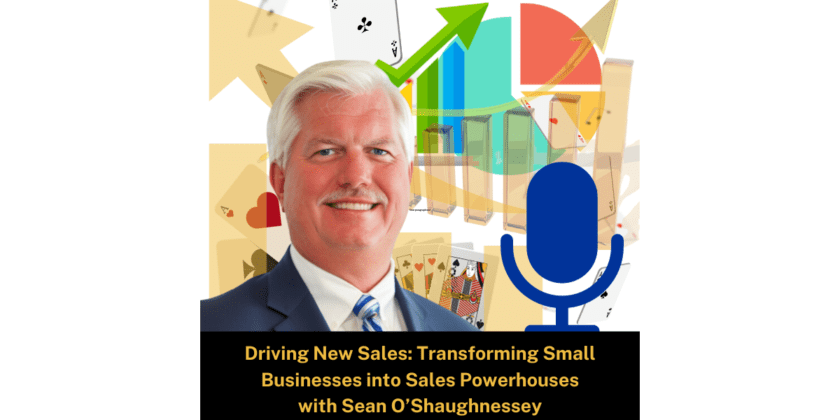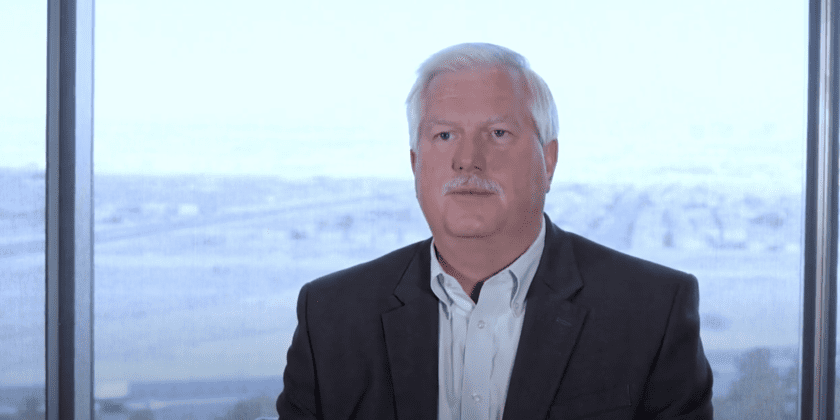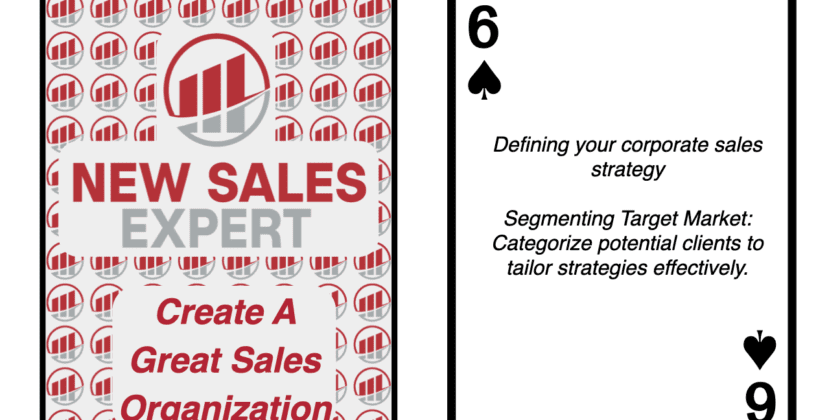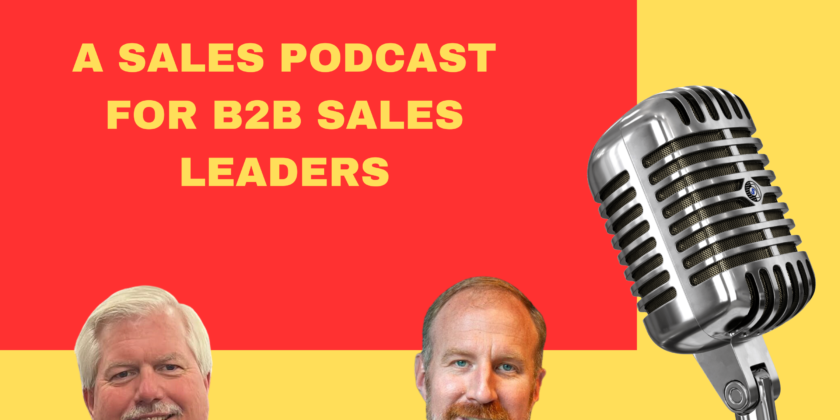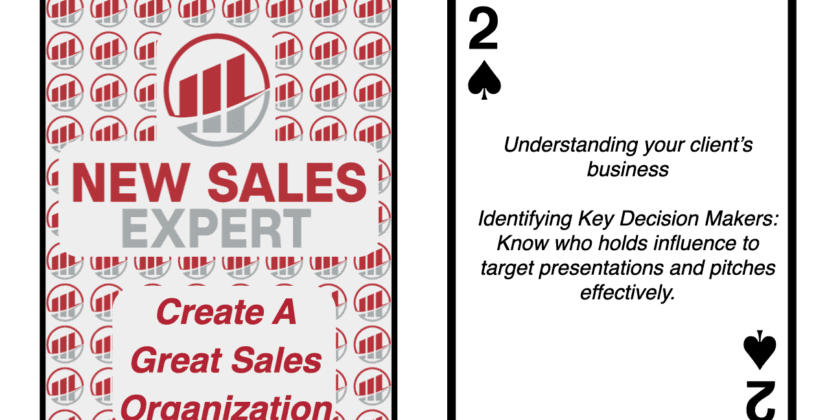Precision in Sales: Identifying Key Decision Makers
Navigating the labyrinth of modern sales requires more than just a sharp understanding of your product. It requires clarity about your audience – the pivotal decision-makers who shape the trajectory of business deals. Drawing an analogy, consider a seasoned archer. The archer’s prowess is not merely in the pull of the bow but in the precision with which he identifies and hits the target. For those vested in sales, this target comprises the key decision-makers within a prospective client’s organization.
To lay the foundation, it’s essential to grasp that today’s corporations are not simplistic entities with a lone decision-making authority. I spend time explaining this in my book Eliminate Your Competition and in the blog posts supporting that book. Picture modern corporations as sprawling metropolises. Yes, there’s a mayor, but a host of other influencers – the business tycoons, policy advisors, and community leaders – each plays a part. Translating this to a corporate setting, beyond the towering presence of the CEO are the department heads, procurement officers, and sometimes, external consultants who play a role in decision-making. A revealing statistic notes that in many large corporations, the buying decision isn’t just the purview of one but a collective of 7-8 individuals, each bringing their perspective to the table.
Dive deeper into the implications of this. Operating blindfolded, with a broad target group of 100 potential influencers in the prospective corporation, your chances of engaging the right decision-makers is a mere 7-8%. However, with precise identification, you amplify your engagement effectiveness to over 90%. The magnitude of this difference in approach isn’t just quantitative but profoundly qualitative, influencing the trajectory of the sales process.
But the path to this precision is laden with challenges. Today’s organizations are evolving, with flatter hierarchies and collaborative decision-making. Unlike earlier times, the decision-making power is not solely with the top-tier executives; influence has become democratized. Though not wearing any significant title, stealth influencers can sometimes significantly steer decisions.
So, how does one maneuver through this intricate maze? The key lies in a blend of practical action and analytical discernment:
- Industry-Specific Acumen: Every industry has its unique structural DNA. Understand this. The decision-making dynamics in a budding tech startup differ vastly from a century-old manufacturing giant.
- Relationship Building: Frontline managers and executives, often overlooked, are reservoirs of insights. Their vantage point provides a clearer picture of the organization’s internal decision-making landscape.
- Digital Platforms: Tools like LinkedIn are not just professional networking platforms but a goldmine for insights. Here, you can go beyond official titles and delve into an individual’s influence, judging by their professional endorsements, content shared, and network strength.
- Networking at Industry Events: Beyond product showcases, industry events serve as platforms to understand the industry’s influencers.
- Direct Queries: In your interactions, never hesitate to ask, “Who are the other decision stakeholders?” This showcases your earnestness and intention to cater to all relevant influencers. It is also worthwhile to ask, “The last time you bought a product like mine, can you describe how that decision-making process worked and who was involved?”
Using a tool like the Power Matrix, which I explain in great detail in my book, Eliminate Your Competiton, is worthwhile. The Power Matrix is an excellent tool for understanding the organization. I promise that if you can successfully fill out the Power Matrix in every account, you will be phenomenally successful.
Armed with this understanding, the sales strategy transforms. Recognizing that each decision-maker brings a unique perspective, sales pitches can be tailored. The concerns of a CFO would differ from those of a CTO. Precision targeting ensures your sales narrative addresses these nuances, elevating the pitch from a generic presentation to a tailored engagement.
For CEOs and sales professionals attuned to this discourse, the path to success in sales is akin to a symphony. Each note, each pause, and each crescendo is intentional. By understanding who pulls the strings in decision-making, you elevate your position. Your transition from being just another vendor to a strategic partner who doesn’t just aim to sell but aims to resonate. It’s about precision. It’s about forming lasting relationships. It’s about being in sync with the orchestra of decision-makers, ensuring your notes are pitch-perfect every single time.
You may purchase my book Eliminate Your Competition from your favorite book retailer. The ebook version is available at the most popular retailers, such as Apple, Amazon, Barnes & Noble. The paperback version is also widely available at retailers like Amazon, Barnes & Noble, and Books A Million.


